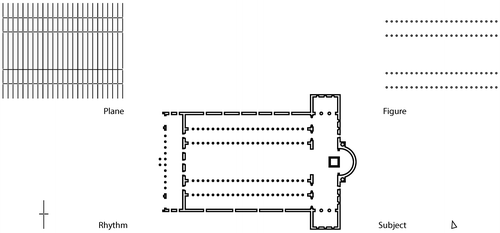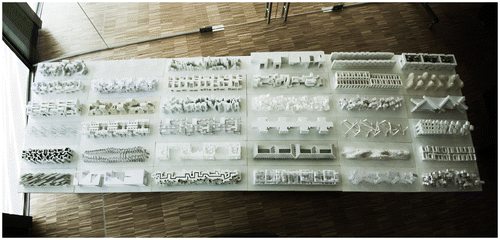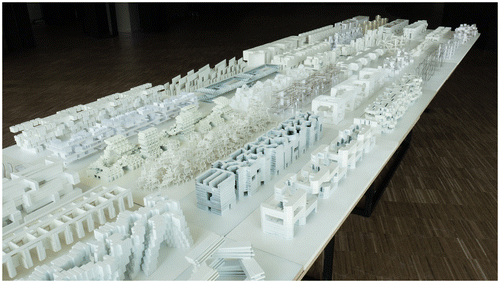Figures & data
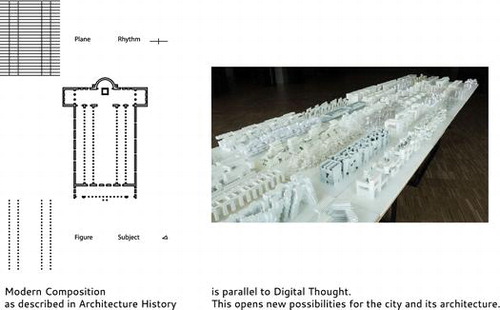
Figure 1. Ludwig Hilberseimer, schema of the Vertical City, perspective North-South-Street, analytical representations by author, original: series 10/2a, Box. FF 1.4, Ludwig Karl Hilberseimer Papers, Ryerson & Burnham Archive, Art Institute Chicago.
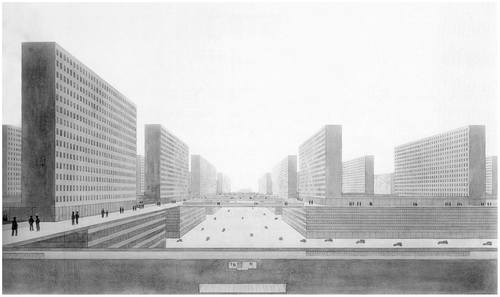
Figure 2. Ludwig Hilberseimer, schema of the Vertical City, top: architectural representation of one city-block with loggias, bottom: six exemplary apartment units.
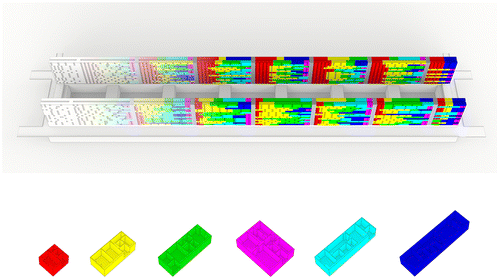
Figure 3. Ludwig Hilberseimer, schema of the Vertical City, axonometric of one city element, colour coding of the six exemplary units.

Figure 4. Classical composition as a triangular constellation between subject, perceivable plane and architectural figure, abstracts the architectural figure to a perceptible plane. This is comparable to the abstraction of parts to particles via interpolation towards a control point.
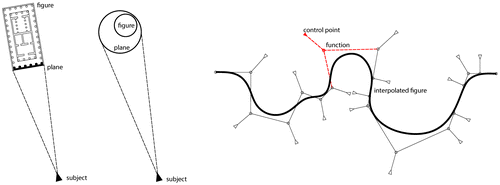
Figure 5. Modern Composition describes architecture as a quadruple between subject, plane, rhythm and architectural figure, according to Alois Riegl in Late Roman Art Industry.
